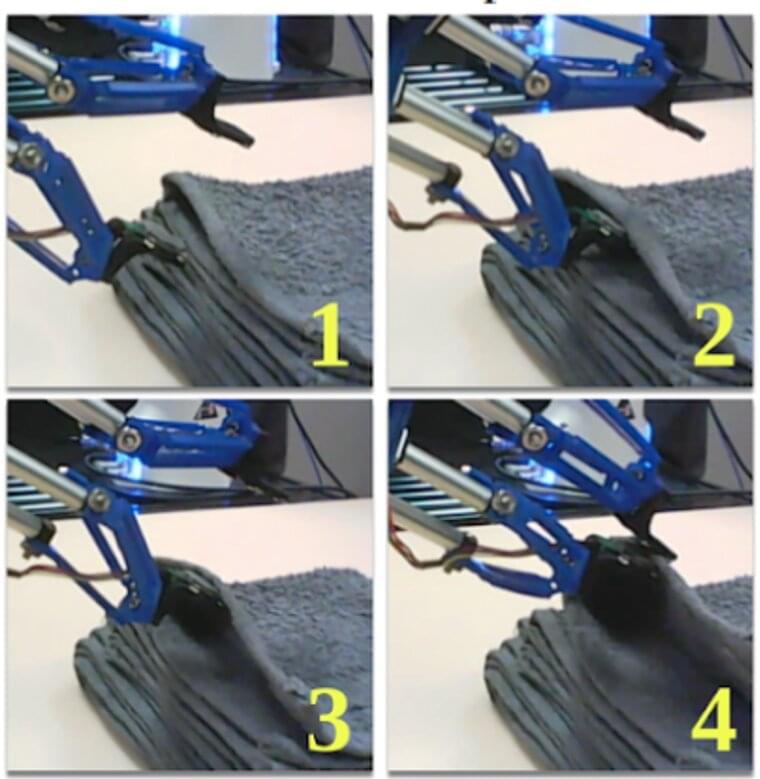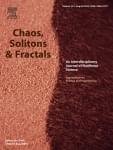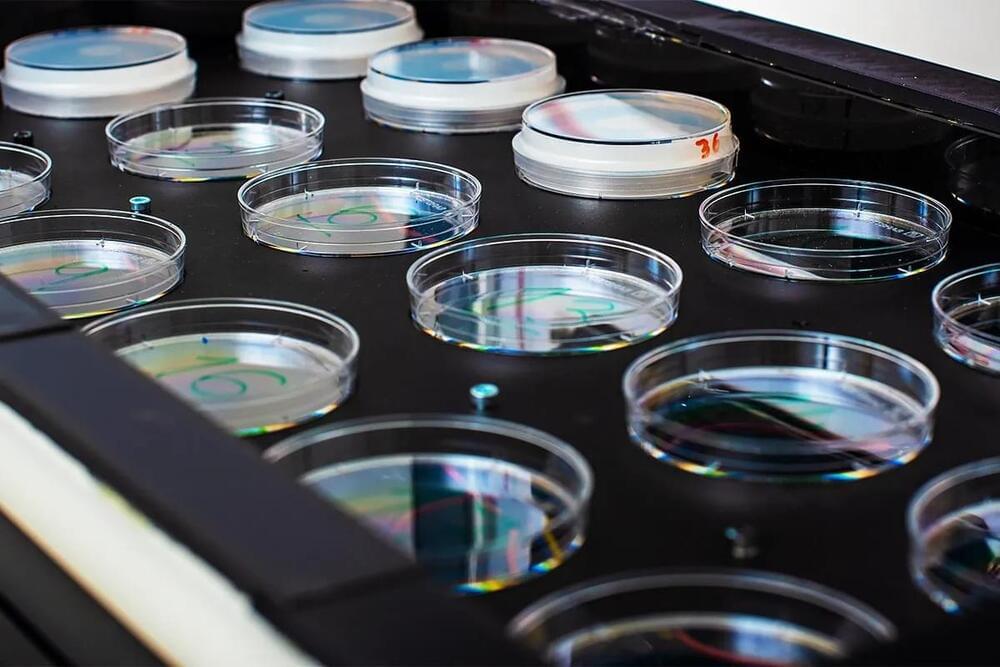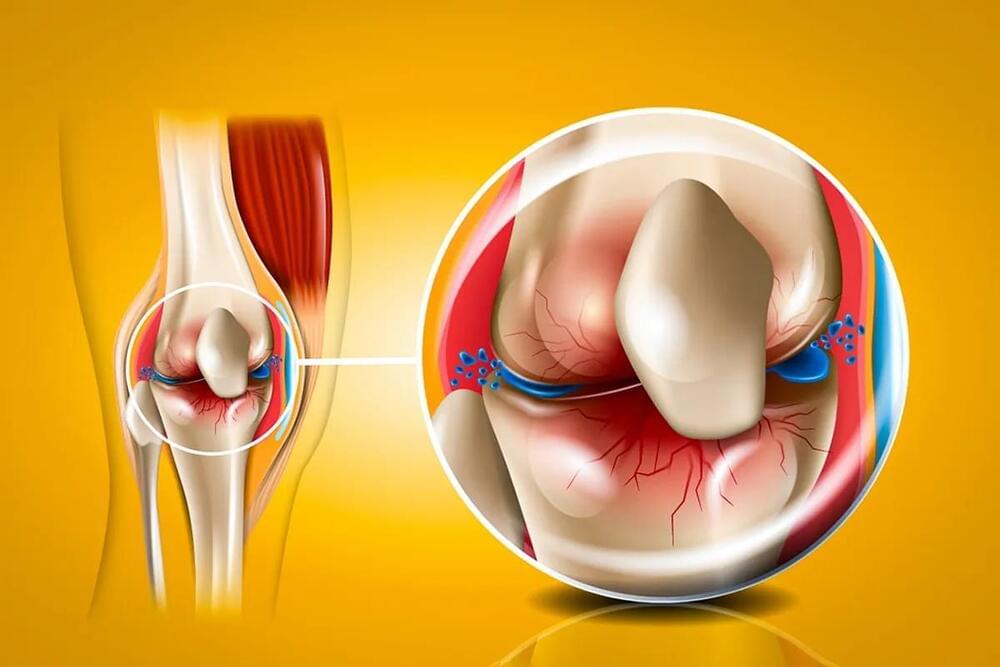SpaceX says it has revised plans for its next-generation Starlink Gen2 constellation to allow the upgraded satellites to launch on its workhorse Falcon 9 rocket in addition to Starship, a new and unproven vehicle.
Set to be the largest and most powerful rocket ever flown when it eventually debuts, SpaceX’s two-stage Starship launch vehicle is also intended to be fully reusable, theoretically slashing the cost of launching payloads into and beyond Earth orbit. Most importantly, SpaceX says that even in its fully-reusable configuration, Starship should be capable of launching up to 150 tons (~330,000 lb) to low Earth orbit (LEO) – nearly a magnitude more than Falcon 9. However, once said to be on track to debut as early as mid-2021 to early 2022, it’s no longer clear if Starship will be ready for regular Starlink launches anytime soon.
In August 2021, SpaceX failed a major Starlink Gen2 revision with the FCC that started the company along the path that led to now. That revision revealed plans to dramatically increase the size and capabilities of each Gen2 satellite, boosting their maximum throughput from about 50 gigabits per second (Gbps) to ~150 Gbps. Just as importantly, SpaceX’s August 2021 modification made it clear that the company would prefer to launch the entire constellation with Starship, although it included an alternative constellation design that would lend itself better to Falcon 9 launches.









